
How Is Climate Change Impacting The Water Cycle?
Climate change is one of the biggest factors and concerns facing the modern world today. From carbon emissions, to rising temperatures, and melting ice caps, climate change affects the earth in many ways, and there are also a large number of side effects that are much farther reaching than we might think. One of these side effects is the impact on the water cycle.
What Is The Water Cycle?
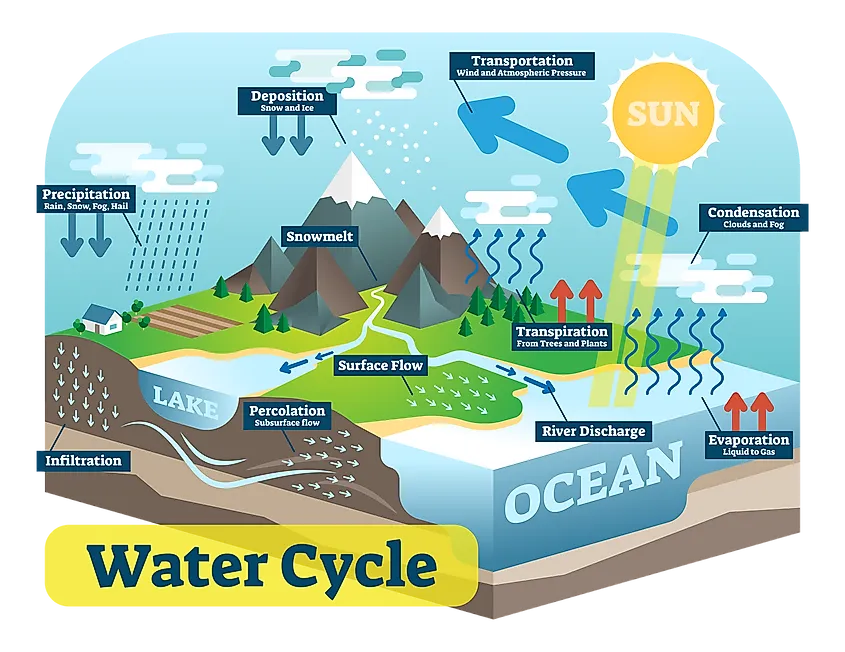
The water cycle is the constant movement of all of the water on planet earth. The amount of water never changes, but instead circles throughout various states, and is transported around the world via weather patterns and water currents. Everything from rain, to our oceans, to rivers, groundwater and glaciers are all part of the Earth’s water cycle.
The water cycle is generally split into various stages, or processes, which all water eventually goes through. They include the major three: evaporation, condensation and precipitation, as well as interception, infiltration, percolation, transpiration, runoff, and storage. Together, these stages make up the cycle that humans, plants and animals rely on for life and prosperity on Earth.
Impact Of Climate Change On The Water Cycle
Climate change has been found to have a major and increasing impact on the Earth’s water cycle. Carbon emissions, agriculture, and industry have led to an overall increase in the average temperature on Earth. This average increase has had some direct impacts on the water cycle, especially when it comes to evaporation and precipitation, and the movement of water around the globe.
Evaporation
Evaporation is the process whereby water (usually on the surface of the Earth either on the ground or in bodies of water) changes into a water vapour. Heat is necessary for this process, and allows the liquid water to become a gas, and rise into the atmosphere. As the average temperature around the world increases, evaporation has also increased. Since evaporation and precipitation are so closely linked, an increase in evaporation has also led directly to larger amounts of precipitation, worldwide.
How it works: If you think of a puddle that is dried out in the sun, the water in that puddle is evaporated by the warmth of the sunlight beating down on it. As such, that puddle dries up, and the water in it is converted to water vapour in the air. The hotter the day, the faster this process occurs. On a larger scale, the same thing is happening to more significant bodies of water around the world. As the warmer temperatures due to global warming and warmth from the sun increases due to reduced ozone, this heat beats down on lakes, ponds and oceans, causing the water to evaporate at a much faster rate.
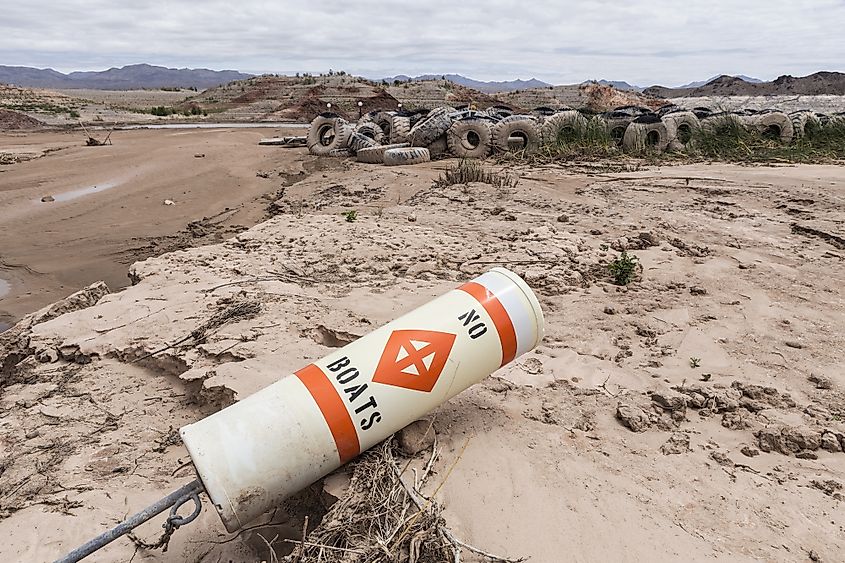
Many known lakes that have been around for years are drying up, or at least decreasing in volume due to increased temperatures caused by climate change. For example, Lake Poopo, in Bolivia, was the country’s second largest lake. However, in 2015, the lake completely dried up due in large part to extreme drought in the area. Similarly, Lake Mead, though a human-made lake sourced by the Colorado River, has seen its water level drop as much as 37 meters from the year 2000 to 2015, primarily due to drought and increased regional temperatures.
Precipitation
Since they are so closely linked within the water cycle, drought, and increased speed of evaporation due to climate change have led to increased precipitation. Not only is water evaporating more quickly, but when the atmosphere is warmer, more moisture can be held and therefore more rain is produced.
As the water from the surface of the Earth is changed into a gaseous state, and becomes water vapour in the atmosphere, it rises and forms clouds. As the clouds gather, more and more water vapour collects. Once the cloud becomes too heavy with water vapour - i.e. the gas or atmosphere has too high a ratio of water vapour in it - the water begins to form into a liquid again, in a process called condensation, and drops out of the clouds as precipitation (rain, snow, sleet etc.)
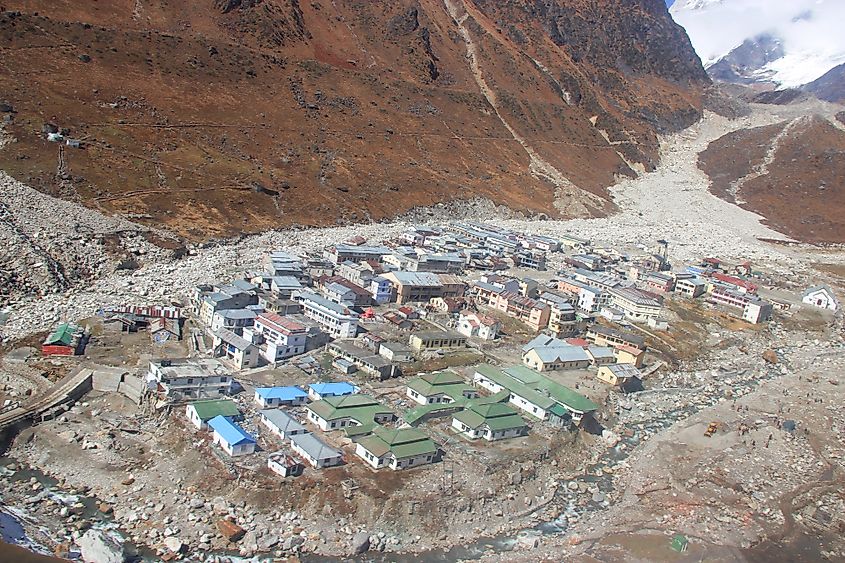
This may seem like it would then balance out the increased evaporation, but in fact it does not - not directly, at least. Because of wind currents and weather patterns on Earth, water that evaporates rarely falls in the same place. It collects, forms clouds, and is blown across plains or mountains before it falls again.
Because of this process, the world has seen a major shift in weather patterns in the last few years. While some areas have experienced extreme drought, others have had increased flooding. Essentially, this is due to the rapidity of evaporation. Since water is evaporating quickly, it also condenses and precipitates more quickly. This leads to extreme rain storms, and flash flood conditions.
Flooding Caused By Climate Change
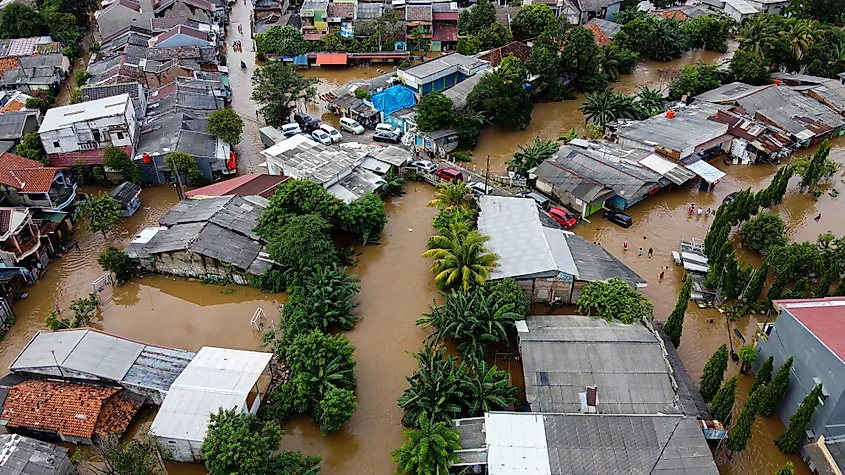
There are four major types of flooding that are all showing increases due to climate change and its impact on the water cycle.The first is flash floods, of swift and excessive amounts of water in any given area.
The second are urban floods, which occur when sudden heavy rains overwhelm the city drainage systems. Stormdrains and the like can only take a certain amount of rain water at once, and heavy rains can sometimes over-fill these systems, leading to flooding in major cities. This happened in Detroit, in 2014, and has been seen in various states and cities across the world as city streets, subway systems, or major parkways are overrun with water.
The third and fourth types are similar, and are river bank flooding, and coastal flooding. In both cases, increased precipitation overwhelms the banks of a body of water, and the river, lake or sea spills into the surrounding areas, causing mass flooding. In Toronto, Canada, in the spring of 2017, increased precipitation led to the overflow of Lake Ontario. Towns and cities along the banks of the lake - including the city of Toronto and Toronto island - became flooded, stranding families and causing major damage to roadways and homes.
Extreme Weather
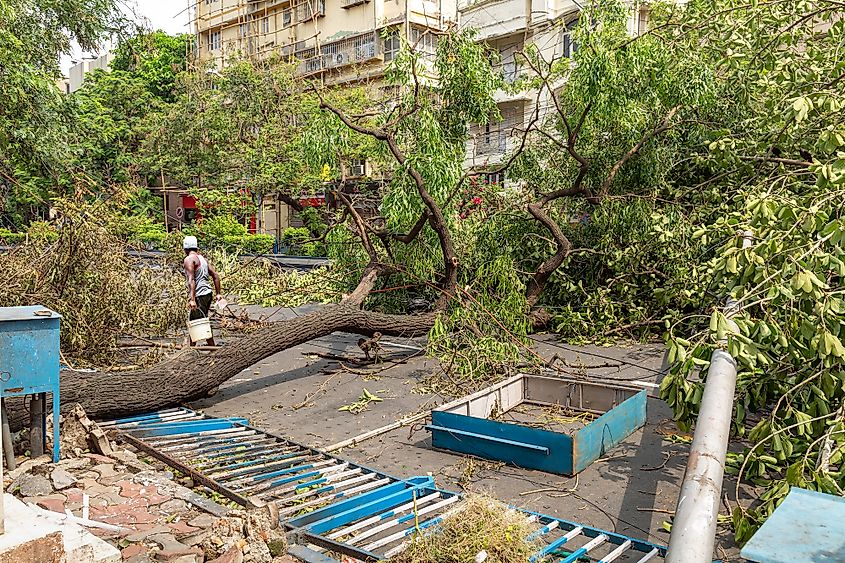
This flooding is part of the extreme weather category, and is one of the largest side effects of climate change. While older terms used to refer simply to ‘global warming’ scientists are now aware that this warming impacts all aspects of climate and weather, and has caused a severe uptick in the amounts of hazardous extreme weather incidents around the globe.
The intensity of tropical storms, hurricanes, and monsoons have increased significantly of late. Hurricanes are the most costly of all the natural disasters, and can be extremely destructive. While the average number of hurricanes remains the same, research has shown that the storms that do occur, are increasing in intensity. Category 4 and 5 storms have increased regionally. We are seeing the same storms, in hurricane prone areas, but with increased intensity, which can be caused by higher levels of precipitation in the atmosphere, as well as an increase in ocean temperatures, since warm waters are a primary factor in the making of a tropical storm.
Rising Sea Levels
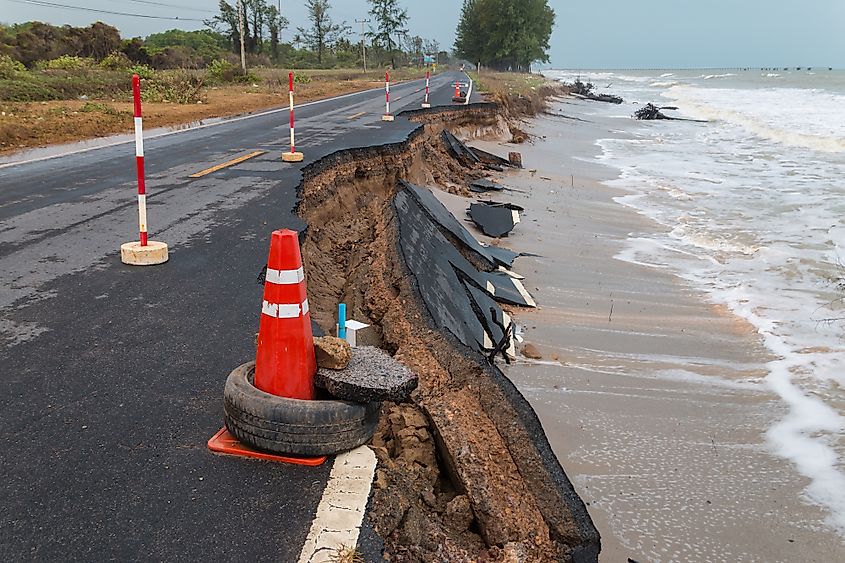
On top of all these changes, the ocean water temperature is also rising, and the oceans are becoming more acidic. Similarly, the warmer temperatures globally have meant glaciers and polar ice caps have been shrinking, and melting. This is causing two major problems.
Firstly, the melting of the ice is causing a loss of glacial landscapes and habitats for polar animals. Also, as the ice melts, it creates more open water which reflects the sun more strongly than ice does, further speeding up this process.
The second major issue is that as the ice melts, it displaces the water around it, causing the oceans to rise, and sea levels to increase. The oceans play a key role in the water cycle, and this shift can in turn cause disturbances in the careful balance of this cycle.
Lasting Impacts
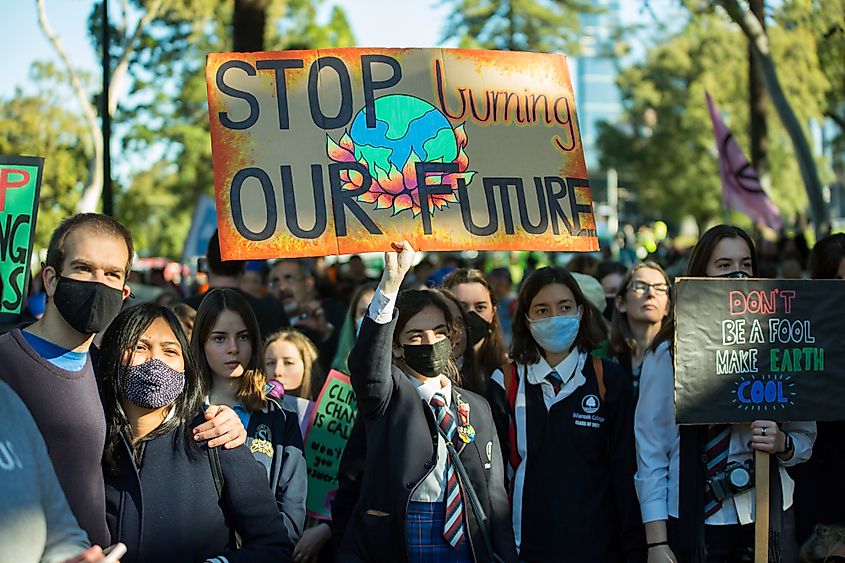
Overall, the water cycle is both vital to life on Earth, and greatly impacted by slight changes in climate. With the continuation of climate change, and indeed the seeming increase of it yearly, the global temperature continues to rise. This impacts the water cycle in various ways all over the globe, from mass droughts, to flash floods, and more intense destructive weather and storms.
As the temperatures rise and the water cycle speeds up, weather becomes all the more unpredictable, and the conditions more and more extreme. Rather than balancing out, droughts will become worse, while other areas will become flooded, and storms will threaten to cause more and more damage. Without a change, the water cycle which sustains all life on earth will become increasingly at risk. It is vital, then, that changes be made to rectify these climate issues, thus restoring the natural balance of the water cycle, and the earth’s ecosystems at large.











